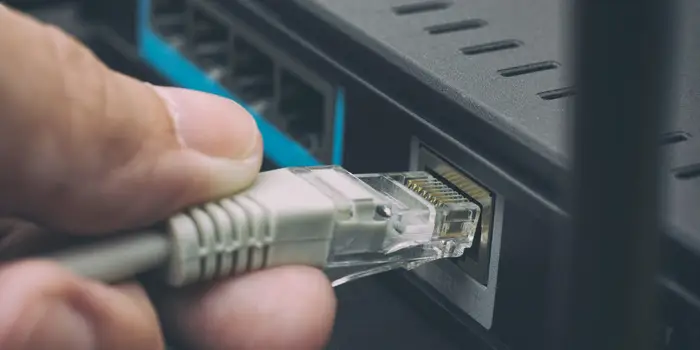In the dynamic landscape of networking and telecommunications, the demand for faster and more adaptable connectivity is ever-present. Small Form-Factor Pluggables (SFPs) have emerged as key components that address these needs, providing a modular and versatile solution for network connections. In this article, we’ll delve into what sfps are, how they function, and why they are instrumental in shaping modern network architectures.
Understanding SFPs
What are SFPs?
SFPs, or Small Form-Factor Pluggables, are compact and hot-swappable transceivers commonly used in networking equipment. These modules support various data communication protocols and can be easily inserted or removed from compatible devices without disrupting network operations. SFPs come in different versions, including optical SFPs for fiber-optic connections and copper SFPs for copper-based connections.
Key Features of SFPs
- Hot-Swappability: SFPs are designed for hot-swapping, meaning they can be plugged in or unplugged from a device without the need for a system shutdown. This feature enhances flexibility and simplifies maintenance and upgrades.
- Modularity: SFPs offer a modular approach to networking by allowing users to select and deploy transceivers based on specific requirements. This modularity facilitates scalability and adaptability in diverse networking environments.
- Multimode and Single-Mode Support: SFPs cater to different optical requirements. Multimode SFPs are suitable for short-distance transmissions within data centers, while single-mode SFPs are designed for longer-distance connections, making them ideal for telecommunications applications.
- Diversity in Data Rates: SFPs support a range of data rates, from Fast Ethernet to Gigabit Ethernet and beyond. This flexibility ensures compatibility with various networking standards and evolving bandwidth needs.
How SFPs Function
Optical and Electrical Transmission: Depending on the application, SFPs can use optical or electrical transmission. Optical SFPs leverage fiber-optic cables for high-speed data transmission over longer distances, while electrical SFPs utilize copper cables for shorter-distance connections.
Protocol Adaptability: SFPs support various communication protocols, including Ethernet, Fiber Channel, and SONET/SDH. This adaptability allows them to seamlessly integrate into different networking environments and meet diverse communication needs.
Wavelengths and Distances: SFPs operating with optical fiber are available in different wavelengths to accommodate different types of fiber and distances. This enables network engineers to choose the appropriate SFP based on the specific requirements of their network design.
Practical Applications of SFPs
- Data Center Networking: SFPs play a vital role in data centers, connecting switches and routers, and facilitating high-speed data transfers between servers and storage devices.
- Telecommunications Networks: In telecommunications, SFPs are used in the construction of high-speed and long-distance networks, supporting the demands of modern communication infrastructure.
- Enterprise Networking: Enterprises utilize SFPs for building and expanding their local area networks (LANs) and connecting different segments of their network infrastructure.
- Internet Service Providers (ISPs): ISPs leverage SFPs to establish reliable connections between network devices and provide scalable and high-speed internet services to end-users.
Advantages of SFPs
- Flexibility and Adaptability: SFPs offer flexibility in choosing the appropriate transceiver for specific networking needs, allowing for seamless adaptation to evolving technology standards.
- Cost-Efficiency: The modular nature of SFPs allows for cost-effective upgrades and expansions without the need to replace entire network equipment.
- Easy Maintenance: Hot-swappability simplifies maintenance procedures, reducing downtime and facilitating quick replacements or upgrades in a network.
- Scalability: SFPs contribute to network scalability by enabling the addition or replacement of modules based on the growing demands of the network.
Future Trends and Considerations
As networking technologies continue to advance, SFPs remain at the forefront of enabling high-performance and flexible connectivity. Future trends may see the evolution of SFPs to support even higher data rates, increased energy efficiency, and compatibility with emerging networking standards.
